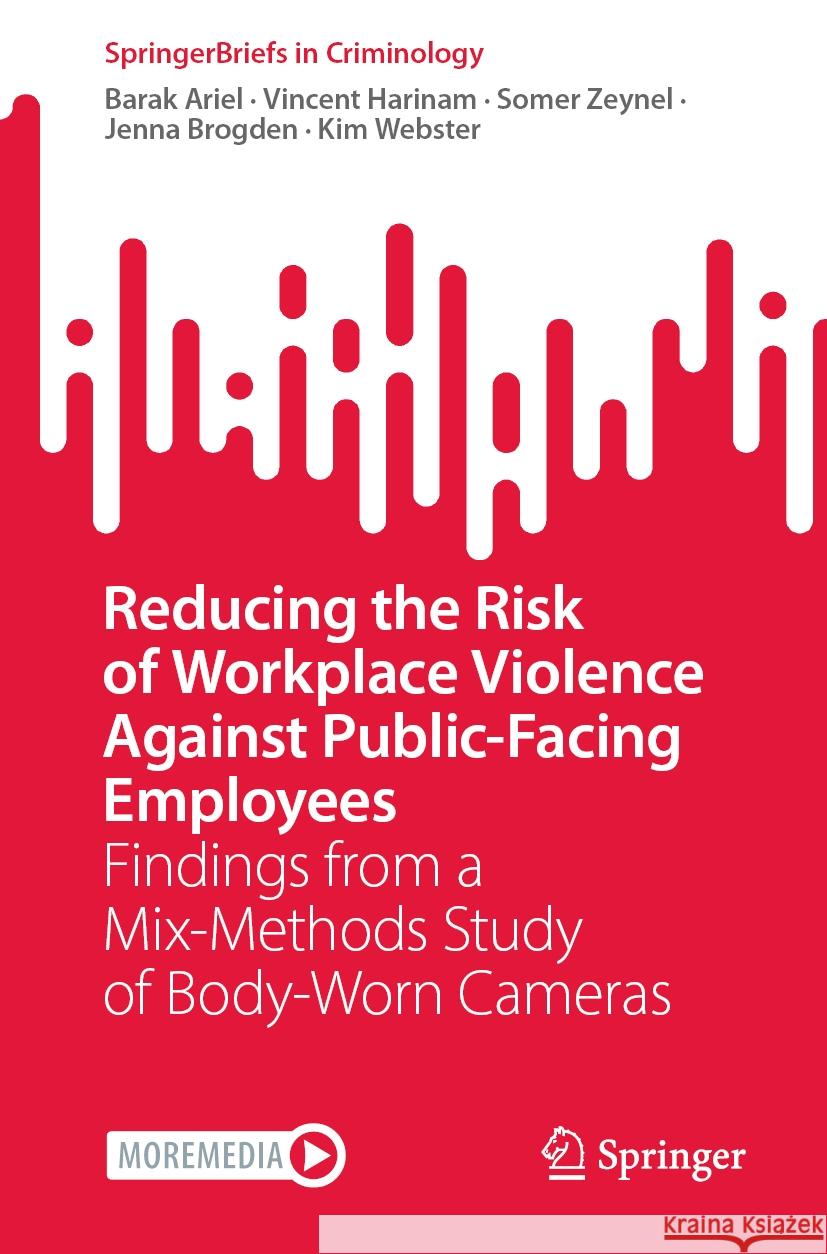Reducing the Risk of Workplace Violence Against Public-Facing Employees: Findings from a Mix-Methods Study of Body-Worn Cameras » książka
topmenu
Reducing the Risk of Workplace Violence Against Public-Facing Employees: Findings from a Mix-Methods Study of Body-Worn Cameras
ISBN-13: 9783031463556 / Angielski
Reducing the Risk of Workplace Violence Against Public-Facing Employees: Findings from a Mix-Methods Study of Body-Worn Cameras
ISBN-13: 9783031463556 / Angielski
cena 181,55
(netto: 172,90 VAT: 5%)
Najniższa cena z 30 dni: 173,46
(netto: 172,90 VAT: 5%)
Najniższa cena z 30 dni: 173,46
Termin realizacji zamówienia:
ok. 22 dni roboczych
Bez gwarancji dostawy przed świętami
ok. 22 dni roboczych
Bez gwarancji dostawy przed świętami
Darmowa dostawa!
Kategorie:
Kategorie BISAC:
Wydawca:
Springer
Seria wydawnicza:
Język:
Angielski
ISBN-13:
9783031463556











